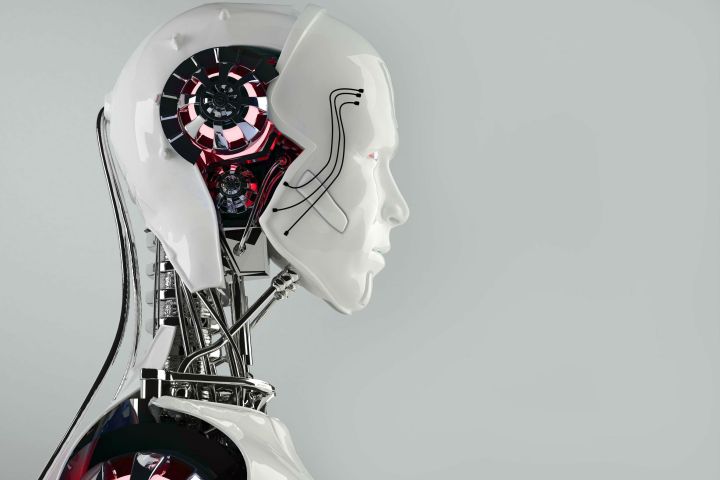
According to LCA founder Marcel Saucet, the point of Nestor is to ultimately improve both student and professor performance (as the two are integrally related). By using student computers’ webcams to track their eye movements and facial expressions, Nestor claims to be able to figure out whether or not learners are in fact learning (or at the very least, attempting to). And to further substantiate its hypotheses, Nestor will also give students quizzes based on class content, especially content from moments when it seems as though attention may be lacking. This information could then be relayed to professors, who would be able to adjust their lectures in moments when students seemed least engaged.
For the time being, Nestor will only be used for students who are taking elearning courses, or watching their professors’ lectures remotely. However, Saucet hopes that in the future, an in-class version could also be implemented that would send students real-time notifications anytime they’re drifting off (though it seems this would actually create more distractions). Regardless, Saucet believes that Nestor could improve student performance, especially as the popularity of massive open online courses (MOOCs) rises.
Of course, even if online learning becomes more effective, Saucet still believes that humans will be required to help educate others. “Human contact is not going to go away,” he said. “There will always be professors.”


